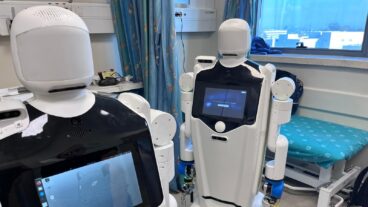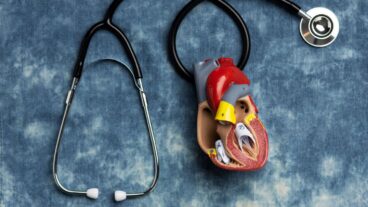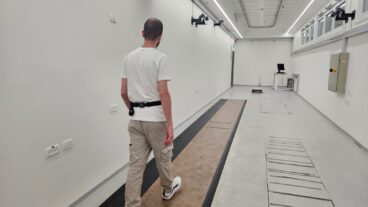An Israeli company has built a technology that can harvest energy generated by cars driving down a road and pedestrians walking through subways.
Eddy Grant’s song Electric Avenue has come to life: An Israeli company Innowattech has built a technology that allows us to collect the mechanical energy created by cars, planes, and trains, and our feet walking on the surface of a sidewalk.
Now building a pilot plant in Israel, which will be ready within two to three months, Innowattech is testing its technology on real roads, and is also, the company says, developing a system to harvest energy generated by pedestrians walking through New York City subways and busy shopping malls.
While the energy collected by people walking over a specially developed system called IPEG for Piezo Electric Generator, amounts to little, about .0002 joules per step — maybe enough to power streetlights — the energy harvested by cars on the street system, could power homes in an entire neighborhood.
Innowattech’s track, made from piezoelectric crystals on the road, can harness energy from the vibration of moving vehicles, or the temperature changes that take place on the road. A stretch of road less than a mile long, four lanes wide and trafficked by about 1,000 vehicles per hour can create about 0.4 Megawatts of power, enough to power 600 homes.
Collecting wasted energy
Innowattech, founded by Prof. Haim Abramovich, from the Faculty of Aerospace Engineering at the Technion Israel Institute of Technology, created a sensation last year when the company released news of a pilot plant in Israel to generate energy from cars as they drive down the road.
“The company is performing a few pilot demonstrations, mainly inside the Technion,” says Abramovich. “We have embedded different types of generators under the surface of the asphalt, and are using trucks to drive over the generators and are harvesting the energy produced by the pressure of the wheels of the trucks.
“We are going to have a 10 meter stretch of a two lane road somewhere in Israel. They still didn’t tell us where we are going to embed our generators to monitor real life experiments,” says Prof. Abramovich.
“In a second direction, we have developed a storage system, which takes the energy produced [on the road] and stores it in a capacitor.
“In the future we will provide a larger capacitor, and all the energy [we create] will be directed to it,” he tells ISRAEL21c. “Maybe we will take the energy and convert it to energy used for the national electricity grid.”
Innowattech, founded in 2007, employs 12 people at its Ra’anana office in Israel. Funded by a $3 million private investment, the company now seeks a strategic partner to build pilot plants in other countries such as the US.
ROI comparable to other renewable energy projects
The return on investment to establish an Innowattech power plant is about six to eight years, says Abramovich, comparable to investments in wind and solar energy projects. The difference is that with Innowattech, there is no startup space required. The technology can be fitted to new roads being built (preferred), or added on to existing road infrastructure.
“The good thing for us is that our system does not require space,” says Abramovich. “Like other renewable energy projects, such as solar energy, large amounts of space are required. We can produce energy where it is needed, and won’t need to use wires to commute the energy.”
Perfect for all climate types, Innowattech’s solution can work in cold Canadian winters, too, and may even have its energy transferred to heat the roads to keep ice at bay.
Create energy while eating a Big Mac
The food chain McDonalds, reports Abramovich, is apparently interested in what the Innowattech technology can do for the brand. Imagine the gimmick: people can create energy while standing in line waiting for a Big Mac.
If the electricity-collecting crystals, and Innowattech’s special storage batteries are laid down in pedestrian byways, Abramovich also imagines that the company will collect much more energy than that created by normal walking: “I think people will start jumping and dancing, knowing that by doing so they’ll be creating more energy,” he says. “Really!”
“It will be good for people’s health,” he concludes. And also good for the planet.












